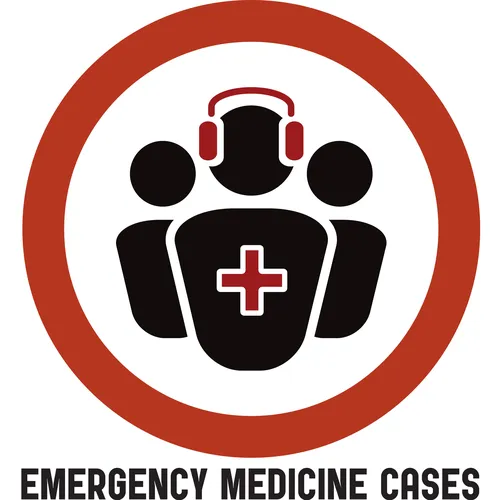Episode 62 Diagnostic Decision Making in Emergency Medicine
- Author
- Dr. Anton Helman
- Published
- Wed 15 Apr 2015
- Episode Link
- https://emergencymedicinecases.com/diagnostic-decision-making-in-emergency-medicine/
This is Part 1 of EM Cases' series on Diagnostic Decision Making with Walter Himmel, Chris Hicks and David Dushenski discussing the intersection of evidence-based medicine, cognitive bias and systems issues to effect our diagnostic decision making in Emergency Medicine. In this episode we first discuss 5 strategies to help you master evidence-based diagnostic decision making to minimize diagnostic error, avoid over-testing and improve patient care including:
1. The incorporation of patients' values and clinical expertise into evidence-based decisions
2. Critically appraising diagnostic studies
3. Understanding that diagnostic tests are not perfect
4. Using the concept of test threshold to guide work-ups
5. Understanding that the predictive value of a test depends on the prevalence of disease
We then go on to review some of the factors that play into the clinician’s and patient’s risk tolerance in a given clinical encounter, how this plays into shared decision making and the need to adjust our risk tolerance in critical situations. Finally, we present some strategies to prevent over-testing while improving patient care, patient flow and ethical practice.
Written Summary and blog-post Prepared by Dr. Anton Helman, April 2015
Cite this podcast as: Himmel, W, Hicks, C, Dushenski, D. Diagnostic Decision Making in Emergency Medicine. Emergency Medicine Cases. April, 2015. https://emergencymedicinecases.com/diagnostic-decision-making-in-emergency-medicine/. Accessed [date].
Go to part 2 of this 2-part podcast on diagnostic decision making
Are doctors effective diagnosticians?
Diagnostic errors accounted for 17% of preventable errors in medical practice in the Harvard Medical Practice Study and a systematic review of autopsy studies conducted over four decades found that nearly 1 in 10 patients suffered a major ante-mortem diagnostic error; a figure that has fallen by only approximately 5% despite all of todays’ advanced imaging technology and increased testing utilization.
The factors that contribute to diagnostic error (adapted from the Ottawa M&M model) include patient factors such as a language barrier, clinician factors such as knowledge base, fatigue or emotional distress; cognitive biases (reviewed in Episode 11 with Chris Hicks and Doug Sinclair), teamwork failure, systems or process failure, and wider community issues such as access to care. A greater awareness of these factors that contribute to diagnostic error may improve the clinician's diagnostic accuracy and improve patient outcomes.
Update 2015: NEJM article summarizing why diagnostic error can cause more harm now than ever before.
Five Strategies to master evidence-based diagnostic decision making
* Evidence Based Medicine incorporates patient values and clinical expertise - not only the evidence
For an explanation of the interaction of the 3 spheres of EBM see Episode 49: Walter Him...
